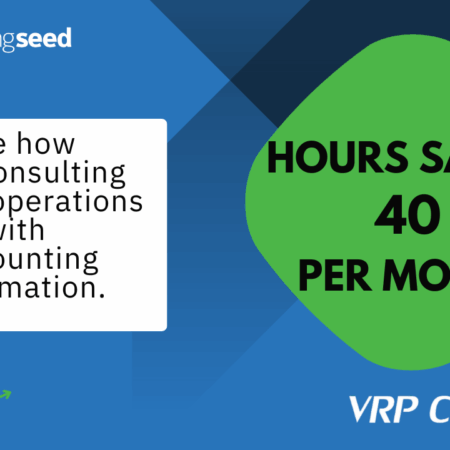
The business is growing with new accounts, customers, initiatives… and accounting. Implementing automated accounting is a major step in scaling your operations and making your finances easier to manage. So what are the core attributes and steps to successfully incorporate automation into your accounting lifecycle? Here are the things you need to get started.

Automated Accounting Begins with the Accounting System’s Structure
The level of automation you can implement will depend directly on your accounting system and other business tools. A lot of the free accounting solutions used by starting businesses offer some automation. As you increase your transaction rates and need more robust automation, these solutions don’t scale though. These free accounting solutions also have little-to-no automation settings around security and internal control. These are powerful automation that strengthens data accuracy and makes core requirements like compliance easier to manage.
First, upgrade to an accounting solution that offers more diverse automations out-of-the-box. Platforms like Accounting Seed emphasize high-level automation that can be customized to suit unique workflows. The more you can implement tailored automations, the smoother and more effective your accounting will be.
Define Your Automations
As with any new technology, mapping out your business requirements is an essential first step. Ask these questions before even beginning the journey to implement accounting automation.
- What accounting functions do you need to automate?
- How will automations need to flow interact with other IT tools?
- What might you want to automate in the future?
Remember, for any process automation to remain effective, it’ll need to adapt to change.
3 Key Factors to Implement Automated Accounting
If you prioritize automation in your accounting system, here are three major areas to consider.
- Flexibility: Resilient IT architecture that can be easily adjusted for custom operations
- Robust API: Reliable Application Programming interface (API) to communicate with other IT tools and initiate automation
- Click-not-code: An immediate array of automation options anyone can easily setup
These ensure that your automation will reliably function according to your requirements. Automation should take pressure off your staff, not the opposite!
IT Integration and Automation
IT integration will also play a role in how data is transferred into your accounting system for the automation to take place. API will allow the sharing of data between solutions needed to facilitate automated processes. However, if you’re using a solution with poor API or the integration is too complex, a disruption could delay or even break the automations.
To avoid this, consolidate the applications you use onto a single platform. Using an IT platform like Salesforce provides you with multiple flexible, scalable solutions in the form of native apps. Native solutions share the same IT structure and API, allowing for seamless communication without the need for traditional integration. This inherent connection is a major boost for cross-application automation. For example, your point-of-sale solution connects to your accounting software faster, and more reliably than outside technology.
Accounting Seed is a modern, robust accounting platform powered by the Salesforce platform. We’re committed to breaking down silos and building connections in order to take your business to the next level. Part of how we do this is by embracing flexibility and automation in every aspect of our design.
See Accounting Seed in action
See how accounting on Salesforce can eliminate the need for costly integrations—and silos of mismatched information—by sharing the same database as your CRM.



